Lenovo Legion Go vs Steam Deck: Which gaming handheld could win?
Can Lenovo's rumored handheld compete with the Steam Deck?
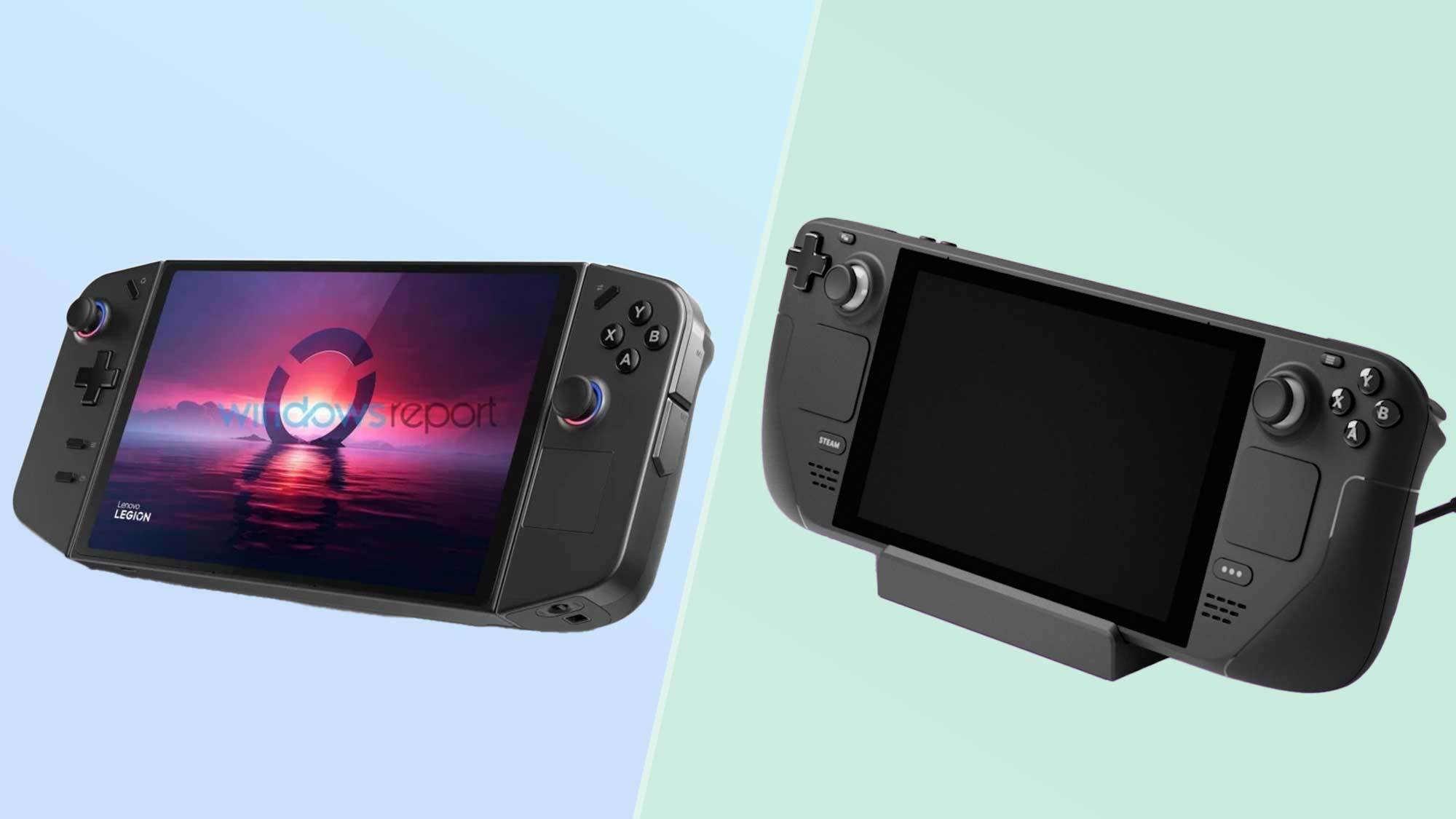
Rumors and alleged leaks surrounding the Lenovo Legion Go gaming handheld have surfaced in recent weeks. Nothing is official at the moment, but if true, Lenovo’s Legion Go handheld has me excited.
Right now, Valve’s Steam Deck is arguably the best handheld gaming console for those who enjoy playing the best PC games. Due to the Deck’s success, a slew of rivals have popped up, including the Asus ROG Ally and Ayaneo 2S (among others). The rumored Lenovo Legion Go would join a packed field, but if what we’ve heard is true, this gaming handheld might give the Steam Deck a run for its money.
With the caveat that what we’ve heard and seen about the Lenovo Legion Go is all just rumors right now, let’s look at how it could stack up against the Steam Deck.
Lenovo Legion Go vs Steam Deck: Price
There’s currently nothing concrete regarding the Lenovo Legion Go’s price… mainly because the handheld is still a rumored product at this point. Final pricing will no doubt be influenced by whatever the Legion Go might pack under its hood.
For reference, the Steam Deck and Asus ROG Ally start at $399 / $599 respectively. If the Legion Go wants to compete, it will likely need to remain under $700 at most.
Lenovo Legion Go vs Steam Deck: Design
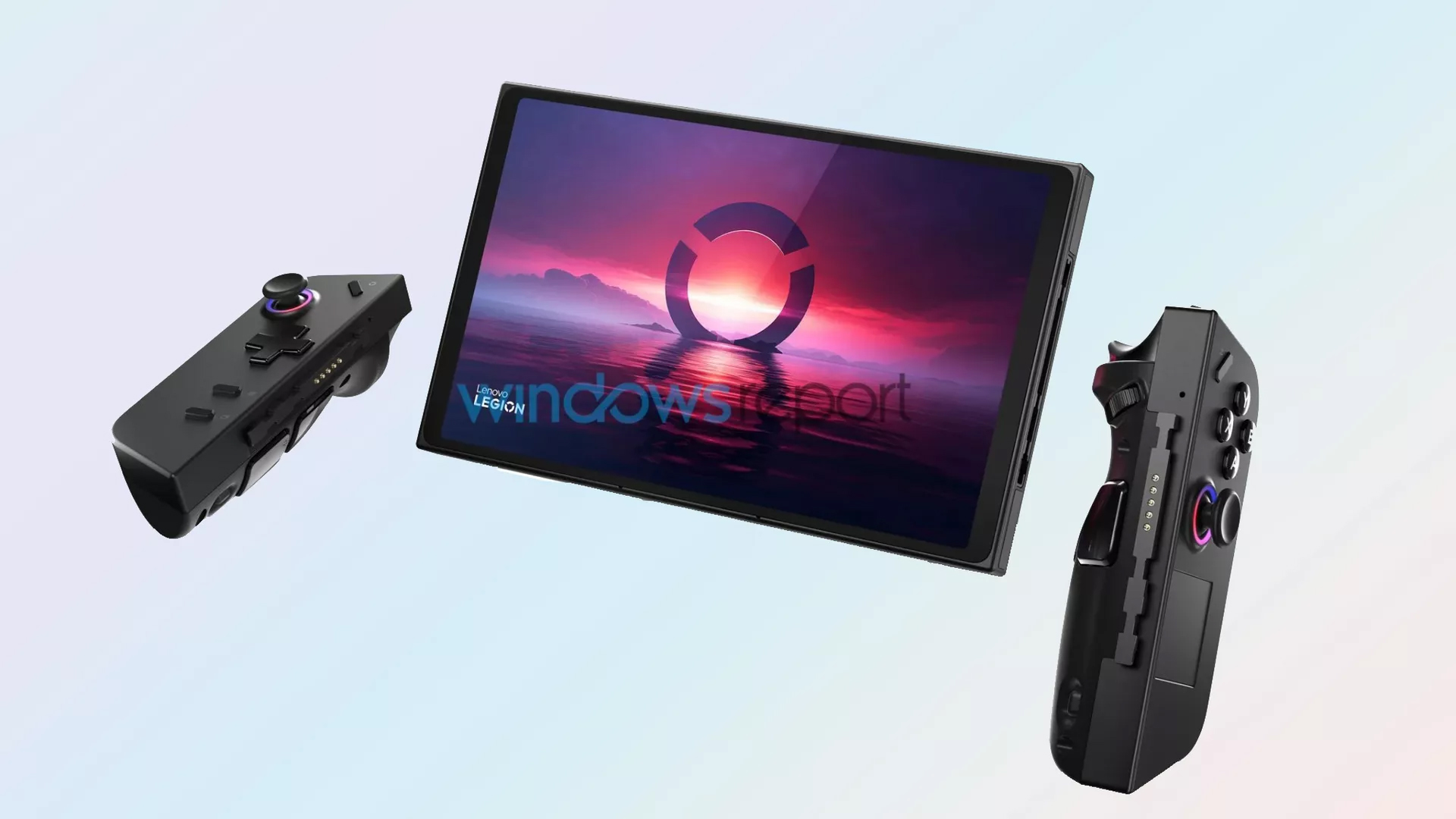
The alleged Lenovo Legion Go images leaked by Windows Report reveal a gaming handheld with many similarities to the Nintendo Switch OLED, including a slim bezel, a kickstand on the back, and detachable Joy-Con-like controllers. One interesting feature is the presence of what looks like a wheel on the right detachable controller. If the Legion Go runs on Windows 11, as Windows Central reports, said wheel would be useful for scrolling while browsing.
The rumored Lenovo handheld also appears to have a button layout similar to what you see on Steam Deck. There are two analog sticks, a D-Pad, four buttons (labeled A, B, X and Y) and what looks like a Steam Deck-like touchpad. However, there are additional buttons not found on Steam Deck. Four bumpers, labeled Y1 and Y2 on the left and M1 and M2 on the right, complement the two trigger buttons. The larger bumpers stretch from the handheld’s top to about halfway down the side and sit just above much smaller Y2 and M2 bumpers.
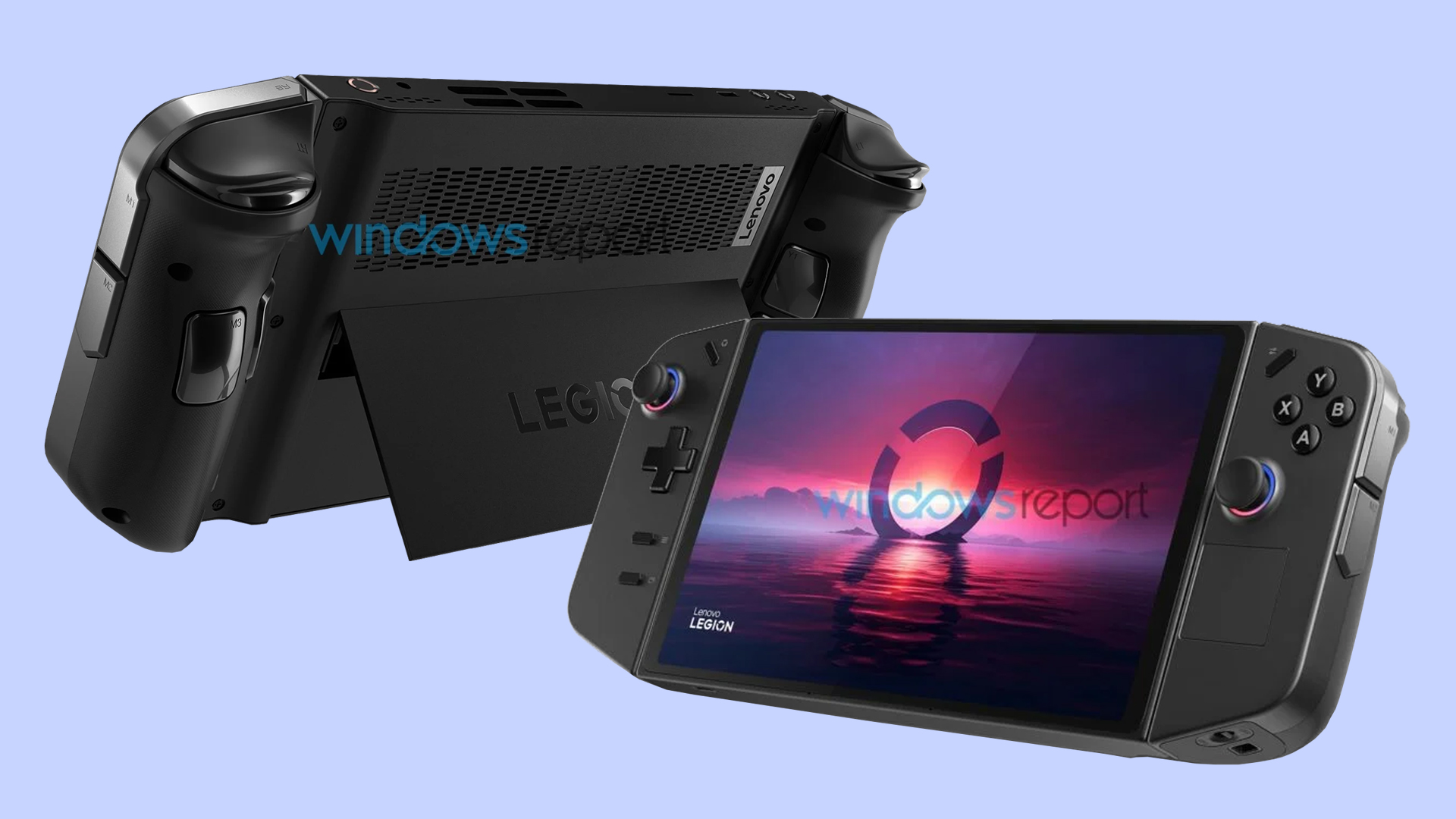
There are also four other buttons (labeled Y3, Y4, M3 and M4) on the back. These inputs look like chunkier versions of the paddles seen on the Xbox Elite Wireless Controller Series 2. It’s anyone’s guess what all of these extra buttons are for, but they’ll hopefully be programable.
If the Legion Go is real, then its design would make the Steam Deck appear modest in comparison. Sure, the Deck has four back buttons and two touchpads (two of its most distinguishing features), but Valve’s handheld doesn’t have extra buttons on its sides — nor does it have detachable controllers.
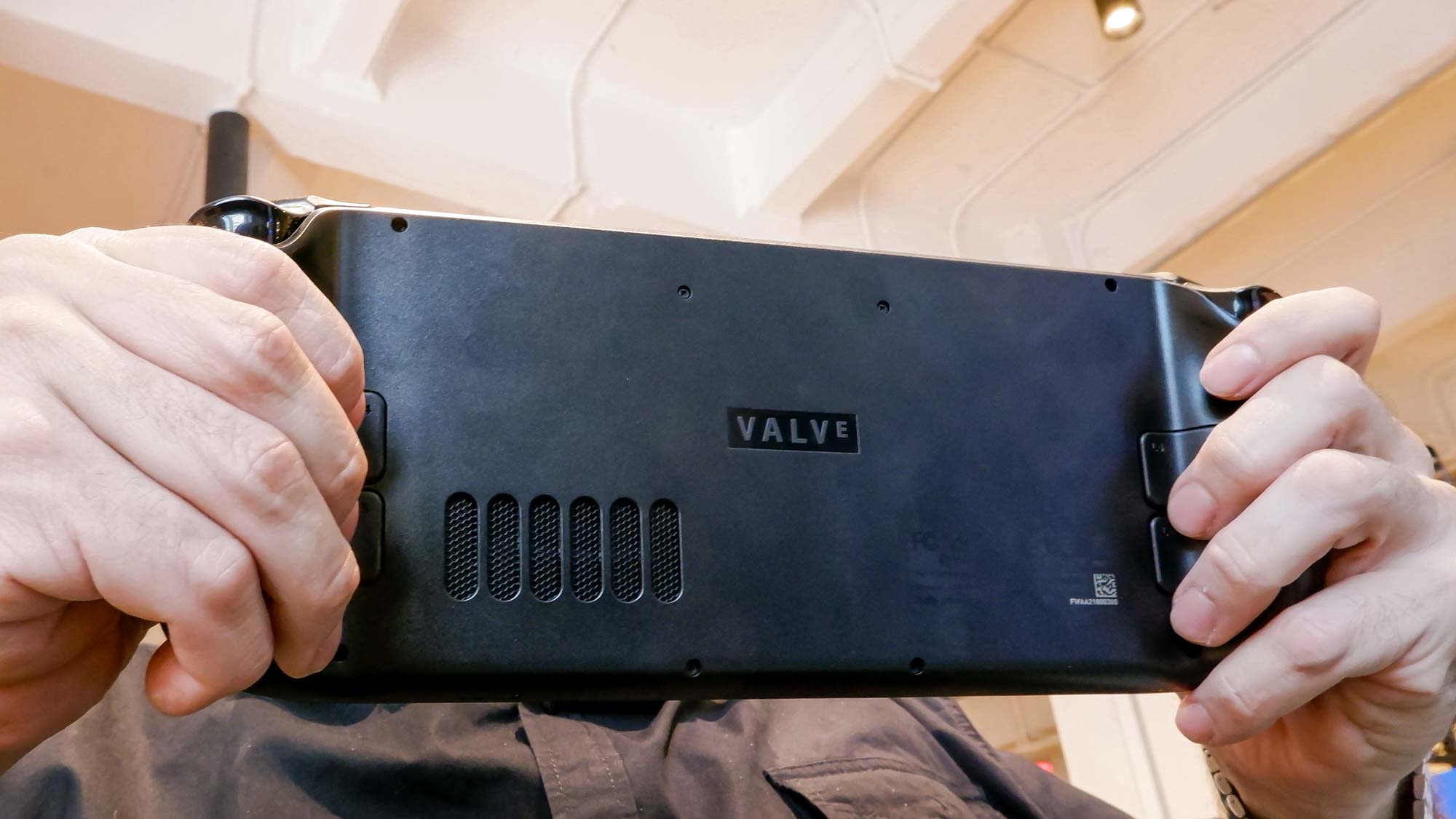
There’s no word yet on what type of display the rumored Legion Go may feature, but Windows Central reports it will have an 8-inch screen. If true, that gives the Go a slight size advantage over the Steam Deck, Asus ROG Alley and Switch OLED, all of which have 7-inch displays.
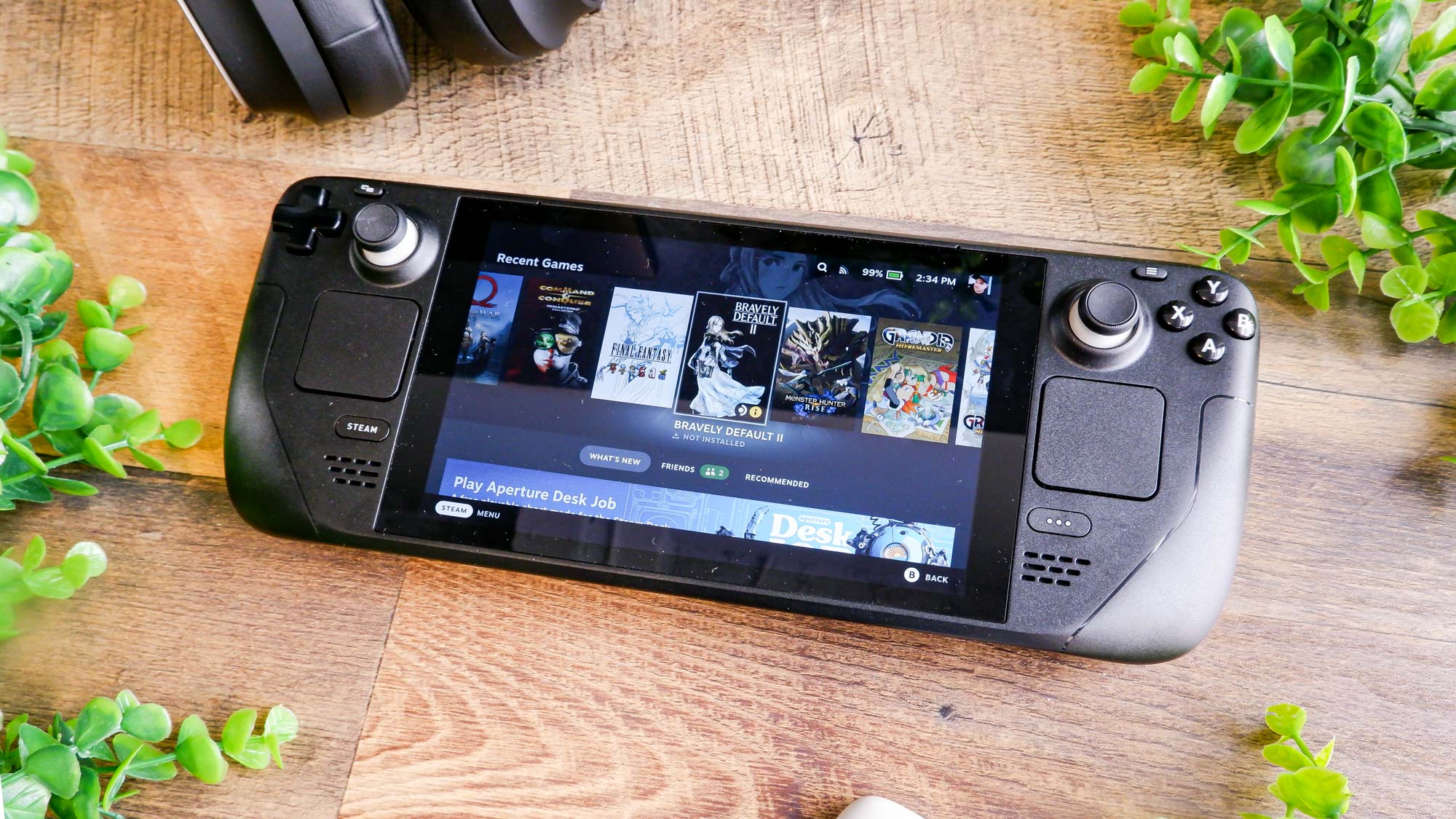
We have no clue about the display’s resolution, but hopefully, it’ll match the ROG Ally’s 1080p. A 120Hz refresh rate would be great as well. If that happens, the display would be superior to the Steam Deck’s 720p 60Hz panel.
Lenovo Legion Go vs Steam Deck: Specs
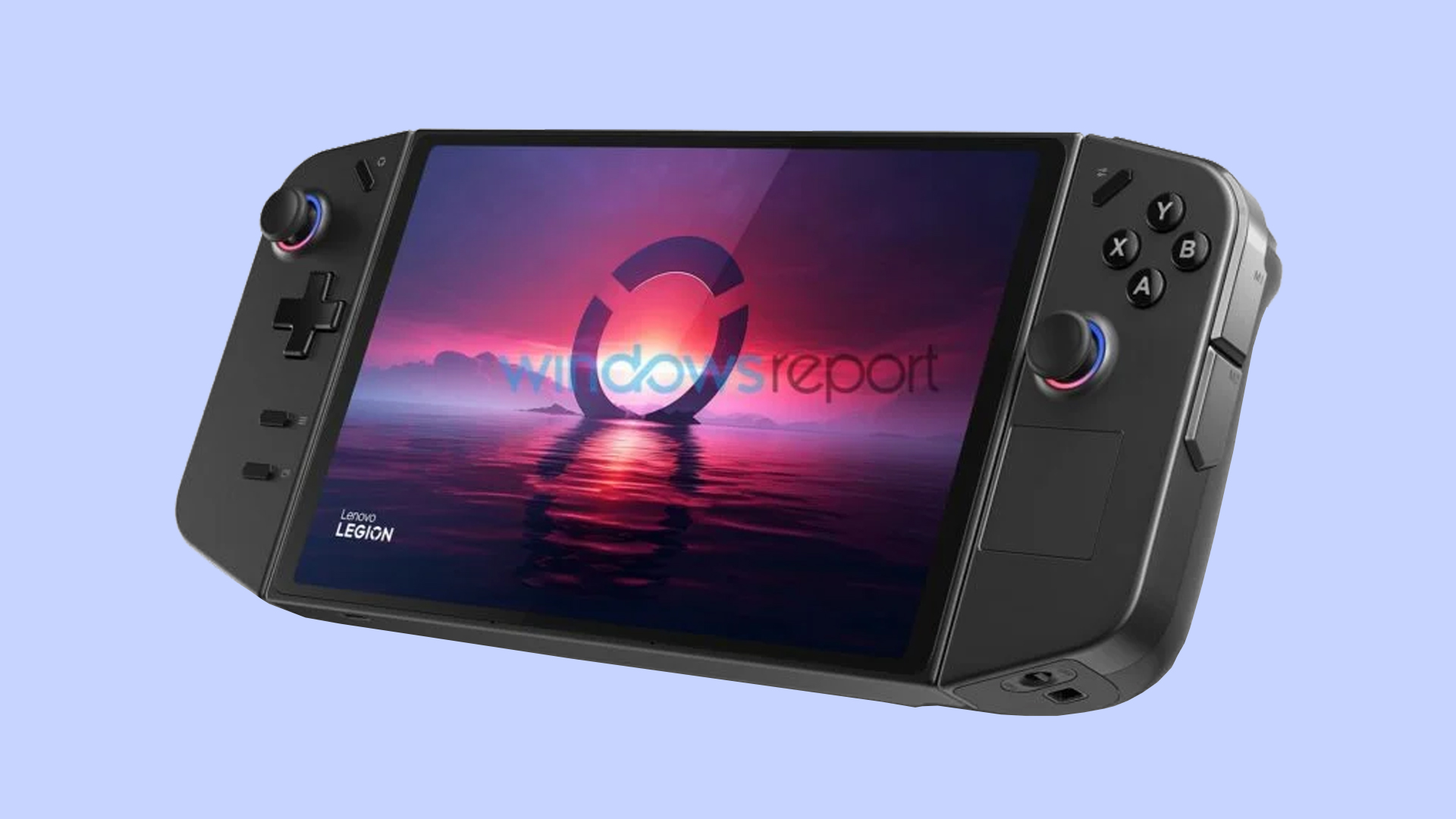
As with everything regarding the supposed Legion Go, we don’t know anything concrete about its possible specs.
Per Windows Central’s report, the rumored Lenovo handheld will feature AMD’s Ryzen 7040 “Phoenix” CPU. This chip has an AI engine named Ryzen AI, which AMD claims is the first laptop chip to feature a dedicated AI engine. The company also says the new chip can churn through multiprocessing workloads in Cinebench up to 34% faster than the Apple M1 Pro. AMD boldly claims the chip supposedly delivers up to 30 hours of video playback on a laptop.
The Asus ROG Ally we reviewed packed an AMD Ryzen Z1 Extreme chip, with a model featuring an entry-level Ryzen Z1 chip due later this year. AMD admits the Ryzen Z1 chips bear many similarities to the Ryzen 7040 processors (via Tom’s Hardware). The main differences are that Ryzen Z1 chips have the AI engine disabled and consume as little as 9W of power. In contrast, Ryzen 7040 processors gobble up between 15-30W. We’d need to benchmark and compare both of AMD’s mobile chips to see how they compare, but on paper, they appear similar.

The Ryzen Z1 Extreme is a custom Zen 4 RDNA3 4nm APU. The Steam Deck also uses an AMD APU, but its CPU is based on Zen 2 architecture while the GPU uses RDNA 2. This chip has four Zen 2 cores and eight RDNA 2 compute units. In comparison, the AMD Ryzen Z1 Extreme has eight Zen 4 cores and 12 RDNA 3 compute units. If the Ryzen 7040 CPU is similar to the Z1 Extreme, it might have a similar core count — but that’s speculation on our part.
It’s hard to say for sur, but in terms of power the Lenovo Legion Go could very well be more comparable to the Asus ROG Ally than the Steam Deck. We'll just have to wait and see.
Outlook
The Lenovo Legion Go is still very much a rumored device, so take everything written about it here with a dose of skepticism. If this gaming handheld is real, I'm interested in seeing how much it costs and if it has a dedicated UI similar to what SteamOS provides the Steam Deck. That last point is what gives the Steam Deck an edge over devices like the Asus ROG Ally and Ayaneo 2S, which run on Windows 11.
If the Lenovo Legion Go is real and provides a better gaming experience than the Steam Deck, it'll be a win for all gamers. Lenovo makes some of the best gaming laptops and best gaming PCs so I have faith the company can also deliver an exceptional handheld. Of course, that depends if the alleged handheld is real. We'll just have to wait and see on that.
More from Tom's Guide
Sign up to get the BEST of Tom's Guide direct to your inbox.
Get instant access to breaking news, the hottest reviews, great deals and helpful tips.

Tony is a computing writer at Tom’s Guide covering laptops, tablets, Windows, and iOS. During his off-hours, Tony enjoys reading comic books, playing video games, reading speculative fiction novels, and spending too much time on X/Twitter. His non-nerdy pursuits involve attending Hard Rock/Heavy Metal concerts and going to NYC bars with friends and colleagues. His work has appeared in publications such as Laptop Mag, PC Mag, and various independent gaming sites.
-
clampton Steam OS is the best gaming operating now for performance but steam deck needs about 2gb extra ram to stop the lastest games stuttering.Reply
